403: How to shop for antiques in Europe (and get them home)
And the best international shippers to count on.
Welcome to Magasin Interiors. In a dedicated monthly send, Xavier Donnelly shares his latest on-the-ground intel, dives deep into a timely interiors topic, and pulls together a useful edit of resources from his vast network.
First up…
I’ve been designing some cast glass light fixtures for an upcoming Ash hotel, with Deco-style figures engaged in gym exercises, inspired by Lalique’s coveted “Bacchantes” vase (which can be found secondhand, too).
I attended two dinners this month held at outstanding mid-century homes. The first was hosted by MyTheresa to celebrate the new Loewe x Albers Foundation collection, at The Glass House (a must-visit, if you haven’t!). The second was jointly hosted by Sotheby’s Magazine and Nili Lotan, at Lotan’s meticulously restored Breuer-designed home in Westchester. (Speaking of which: It’s more than I’d spend for this chair, but look at this amazing Breuer B34 chair in a beach stripe!) I love when brands think a bit outside the box (and Manhattan) when it comes to activations; it usually ends up being a much more memorable experience.
I’ve been keeping an eye on the growing inventory at TTMM, a relatively new furniture showroom in LA by designers Tyler Thomas and Mike Moser. One piece that I can’t stop thinking about is this stacked cushion ottoman (above) that feels effortlessly elegant.
I was helping my mom shop for new pillows for her sofas the other day, and I was really pushing the idea of Uzbek-embroidered suzani pillowcases. I found a couple of good resources for these on Chairish and Yashar-Bish.
Last week, I saw this amazing plastic + button snap fastener modular cabinet system by Otto Zapf at Jacqueline Sullivan Gallery. I had never seen this before, and they seem to be pretty rare online, but here’s one on 1st dibs if you are in the mood to drop $20k.
Speaking of modularity, at a party for Marfa Stance, I finally got to see their fully modular outerwear in person, which turned out to be far more luxe than I had anticipated. Pack for an autumn weekend at some fancy hotel in the Hudson Valley.
This is how the professionals go antiquing in Europe
Last September, as the sun rose over a Brutalist stadium in the south of France, a few colleagues and I joined a crowd beginning to congregate outside a padlocked gate. A motley crew of collectors, dealers, decorators, and their clients clutched coffees and waited nervously, inching ever closer to the gate as the clock neared 7am. Finally, a man in an orange safety vest sauntered over and slowly pulled it open. Instantly, the group of otherwise respectable people began running—even sprinting towards a set-up of tents and trucks staged in a parking lot. We had no choice but to try to win the race, lest we lose our chance to buy the coveted antiquities arranged ahead of us.
It’s a typical scene on the opening day of the “Déballages Marchands” of Europe—vast fairs and markets where hundreds, if not thousands of antiques and art dealers assemble to sell fine furnishings to professional and amateur buyers alike. It’s by far the most thrilling and rewarding way to shop for furniture: You can acquire fabulous furnishings at exceptional value, even factoring in international shipping.
For Ash hotel projects, we buy immense quantities of antique furniture, artwork, lighting, and decorations, which triggers an elaborate logistical undertaking wherein the pieces are catalogued, shipped, stored, refurbished, and finally, installed in their new home. I’m often asked about the logistics of this undertaking, and how someone without the resources of a sophisticated organization, like a hotel developer, would go about buying furniture for themselves and get it home. It’s absolutely doable, and I’ll attempt to de-mystify the process by explaining what you need to do to successfully shop for furniture internationally.
In this column, I’m focusing on the logistics of shopping at European antique fairs, but there are so many other worthwhile events globally, such as the Odeo antiques market in Tokyo, the San Telmo antiques fair in Buenos Aires, La Lagunilla in Mexico City, and of course Brimfield and Round Top stateside.
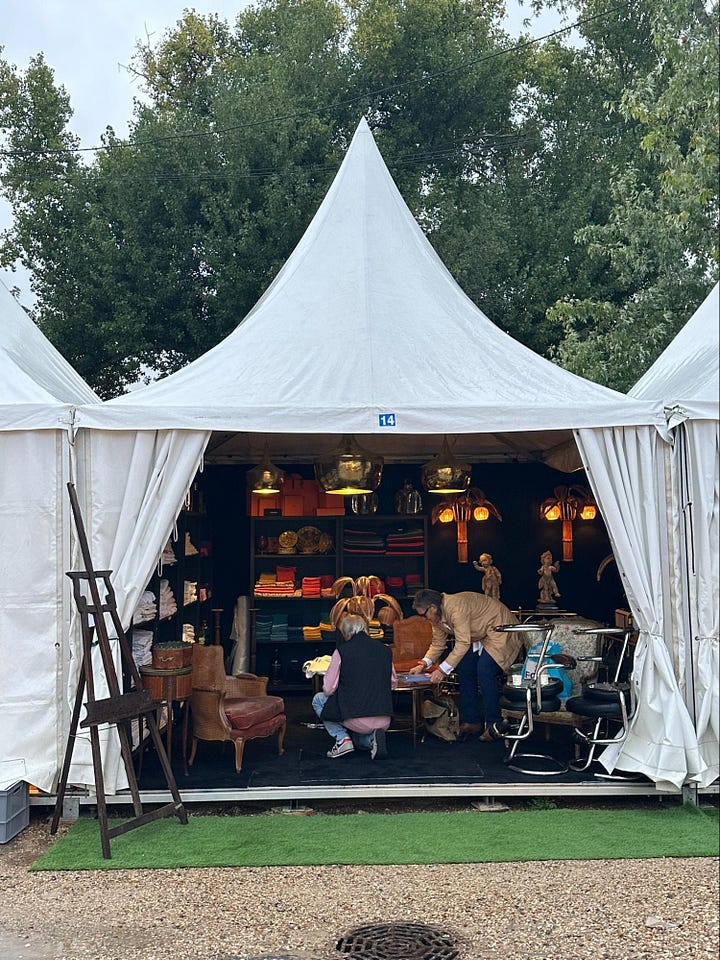
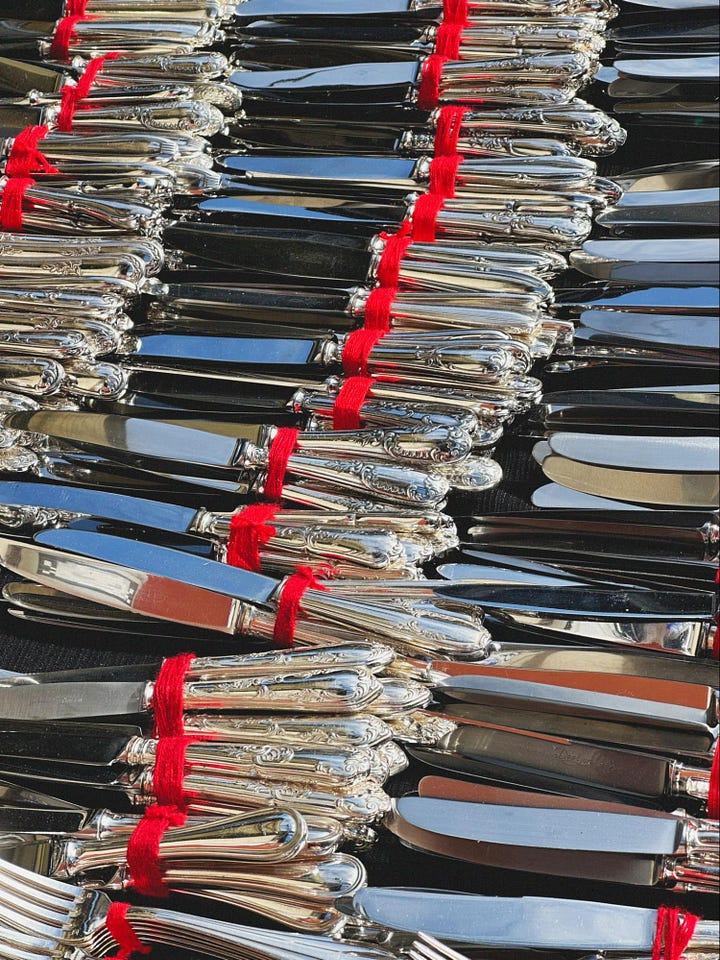
Before you go:
Make a plan. Try to compile a list of what you are looking for, size constraints, and budget per piece. Contact shippers for quotes (more on that below) and factor that into the overall budget. Lastly, make a trip out of it! The fairs are in or near beautiful parts of the continent (like Provence) and you can easily plan an itinerary that combines some holiday time with your buying trip.
A few other tips:
The large antiques fairs can be overwhelming, so stay focused on the mission and stay true to your shopping list.
Be methodical. The fairs are extensive and labyrinthine, with many booths piled high with goods. Go row by row, and keep track of the numbers.
All the fairs have food trucks or even small restaurants that are set up on site. Break for lunch and have a glass of wine or two. It helps with decision making!
Where to look:
Europe hosts several large antiques fairs each year. In this column’s directory (below), I’ve done my best to call out the worthwhile ones, but beyond these are an abundance of flea markets and small antiques dealers in almost every locale, as well as more famous permanent markets like the Marche aux Puces in Saint-Ouen, the Hemswell Antique Centres in Lincolnshire, and L’Isle-sur-la-Sorgue (an entire town devoted to antiques) in Provence.
A few major fairs worth a special mention are the enormous Mercanteinfiera in Parma, Italy, the Foire de Chatou outside of Paris, the L’Isle-sur-la-Sorgue International Antiques & Brocante in Provence, the trio of fairs in Montpellier, Beziers, and Avignon in the South of France. I’ve also heard good things about the Antik Passion Fair in Madrid and Antikmässan in Stockholm, but I haven’t personally visited. Most fairs occur at least twice a year, some are quarterly.
The fairs generally run for a few days up to a week, and are ticketed events. All of the fairs listed reserve the first few days for professionals, and these tend to be the days where the competition is fiercest and the truly rare items get snapped up quickly. It’s necessary to email the organizing authority of each fair to purchase tickets for preview days. Most will ask for some kind of accreditation or business license to issue the tickets… however, due to the nature of the industry, these documents are far from standard, and I think a clever person could easily find a way to provide something sufficient ;)
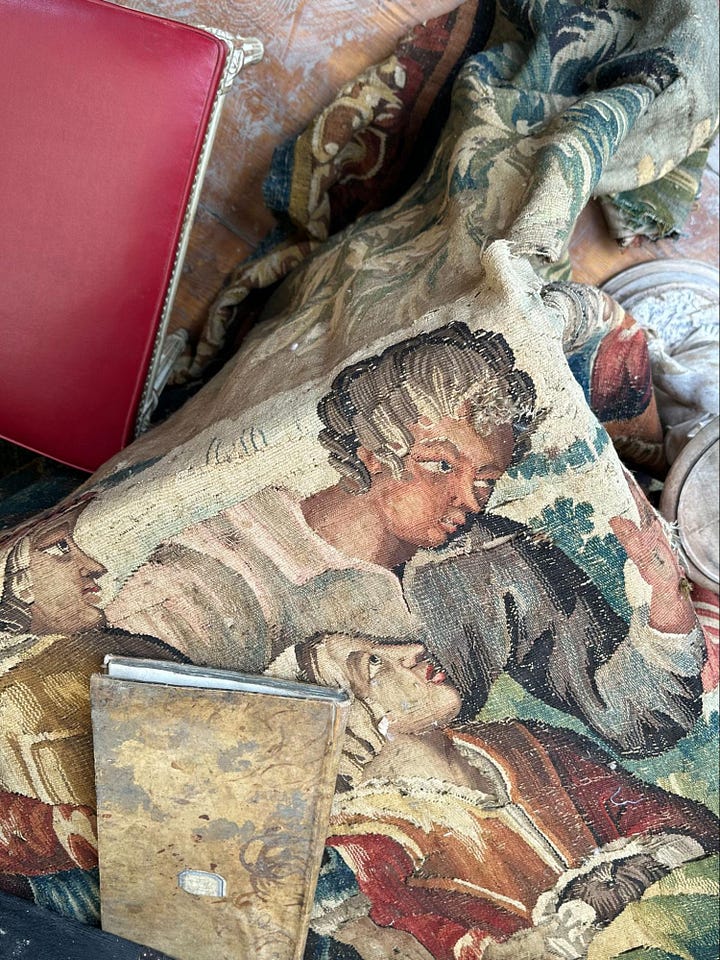

What you’ll find:
On to the fun part. I cannot overstate the scale, diversity, and quality of what you’ll find at these fairs, not to mention the deals you’ll get on items that would otherwise cost a small fortune, especially if you’re willing to undergo a little refurbishment. On a damp autumn morning at the Foire de Chatou, we scored an incredible wood and tortoiseshell inlaid Antwerp Cabinet for next to nothing because it had a slightly damaged leg (these typically command very high prices), a large painted theater backdrop (like this one), and just for fun, a full set of 12 Limoges dessert plates, each hand painted with a unique dessert motif (I can’t find these online, but they remind me of the trompe l’oeil plates by Gohar World).
At the Beziers fair, we purchased four pairs of simple, elegant un-upholstered slipper chairs (nice ones like this are so hard to find!), three exquisite hand-painted German wardrobes (can’t get enough of these), and a pair of trident torchiere sconces (not at all similar, but cool!).
Navigating the seemingly endless stalls of the Mercanteinfiera in Parma, we bought Aubusson tapestry chair cushions and yards of 19th century French silk (a great resource for vintage fabric is The Textile Trunk on Etsy). I discovered a new obsession in vintage gentlemen's wardrobes, kitted out with all kinds of clever storage and practical grooming fixtures (there are plenty of these available online here, here, and here are a few nice ones). The Parma fair also stocks 10-foot Murano chandeliers, carved wood spiral staircases, and entire rooms salvaged from ancient stately homes, if you’re in the market for any of that.
Under the Provencal sun in Avignon, we found a rustic French hall bench with a woven seat (similar here), a sleek Art Deco glass and enamel mirror (sort of like this) and a group of hand-forged, adjustable floor lamps (always useful).
How to pay:
Always negotiate!! Never accept a first offer. Remember that these dealers are here to sell, and they do not want to haul that wardrobe back to Belgium, or wherever. Walking away if they don’t budge is always a good tactic—one dealer met our price on a gorgeous inlaid secretary (similar here) after only five steps in the opposite direction.
Another great negotiating tactic is cold hard cash. Many vendors will accept credit cards or checks, but you’ll get a much better deal if you can produce a wad of euros.
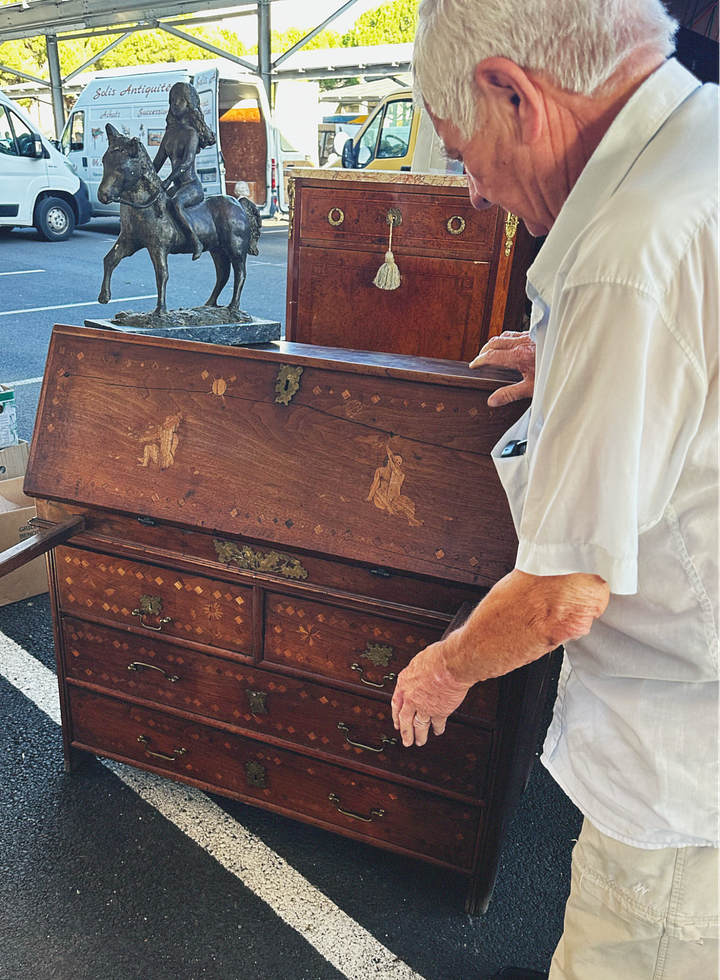

How to get it home:
Shipping furniture back to the States, (or anywhere for that matter) seems to cause the most angst among potential shoppers. I promise It’s not as daunting a task as it seems—and it’s fairly simple when organized in advance. While per item pricing decreases slightly with larger volumes, you don't need to be buying a lot to justify sending it home.
In the directory below, I’ve compiled a few shippers who specialize in overseas antiques transport, many of whom are helpfully present at the listed fairs and will pick up your items directly at the close of the business that day. They will pack your items, insure them, sort out customs clearance and documentation, and provide storage if necessary. Here’s a step-by-step on how that works:
As far in advance as possible, email or submit an online form via the shipper’s website, outlining the fairs you plan to attend, an estimate of the goods you hope to buy and ship, and the delivery address.
You will receive a quote for transport and confirmation that they can pick up at whatever fair or market you’re at. It’s best to get a few quotes to compare.
The shipper will provide instructions for pickup of goods—but generally, you can find them at the fair at the start of the day to confirm.
They should provide you with branded tags, on which you’ll write your name and contact info when you buy something. You’ll attach this to each item. It’s advisable to bring your own tags, in case they have run out.
Each day, at the close of the fair, they will pick up your items. There’s a certain level of trust required for this process, but it’s helpful to keep your own inventory as you go along.
Before the items are shipped, your estimated costs will be revised to match what you actually bought, meaning that if you purchased more or less by cubic volume, you’ll pay the corresponding amount. Bear this in mind as you shop!
A note on pricing: Costs vary wildly based on quantity, level of insurance, distance shipped, current tariffs, and even season.
The other option, should you find yourself wanting to send something home and have not organized the means by which to do so, is to just ask the dealer if they have a preferred shipper or can provide a contact. They usually do.

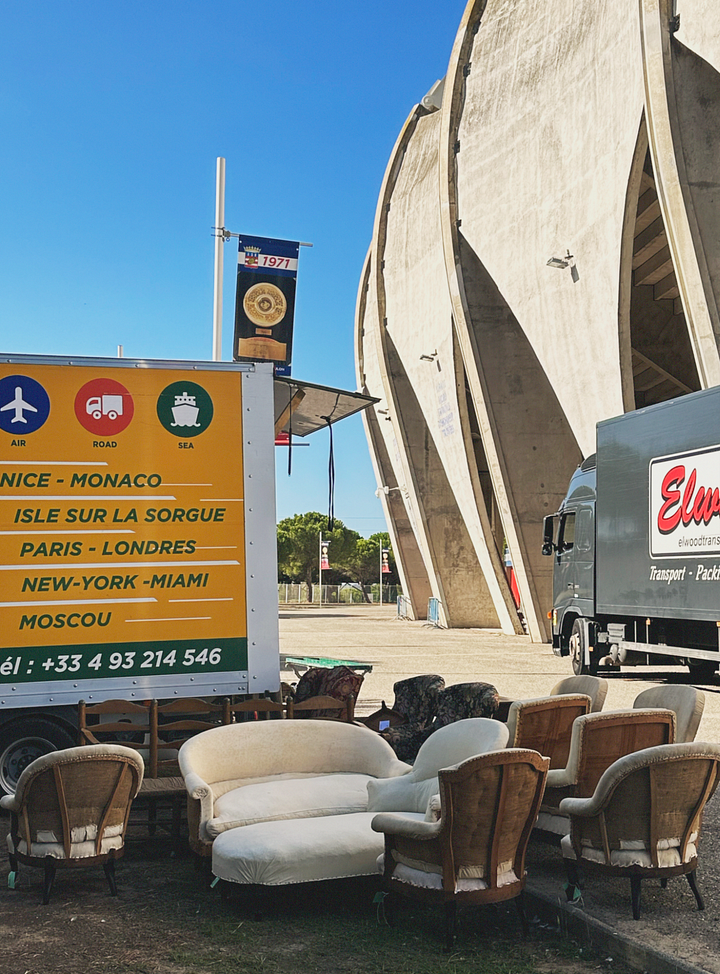
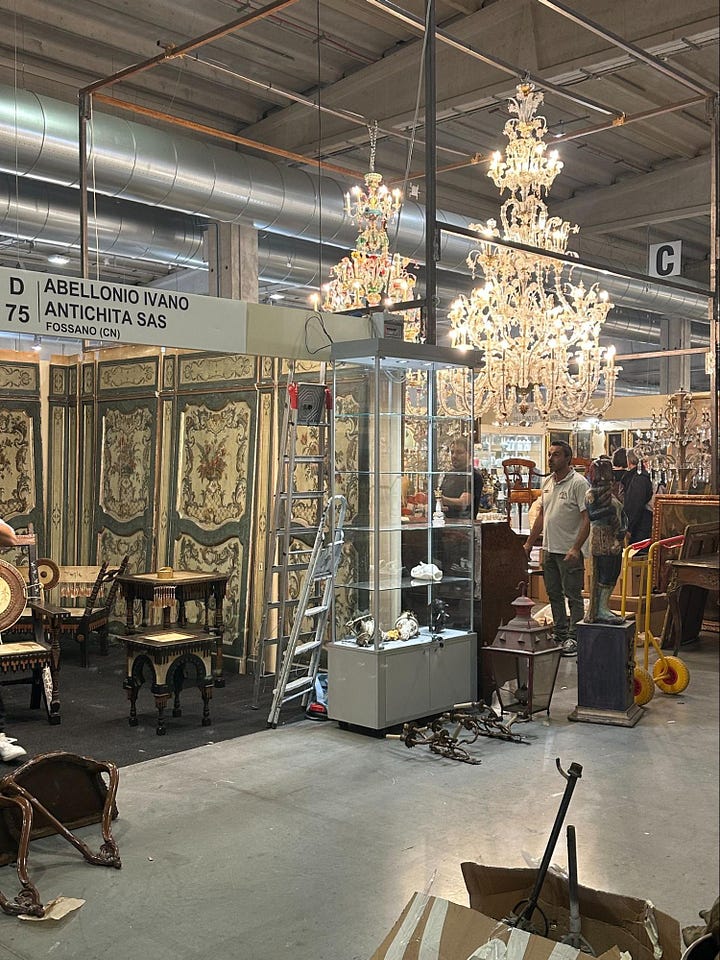
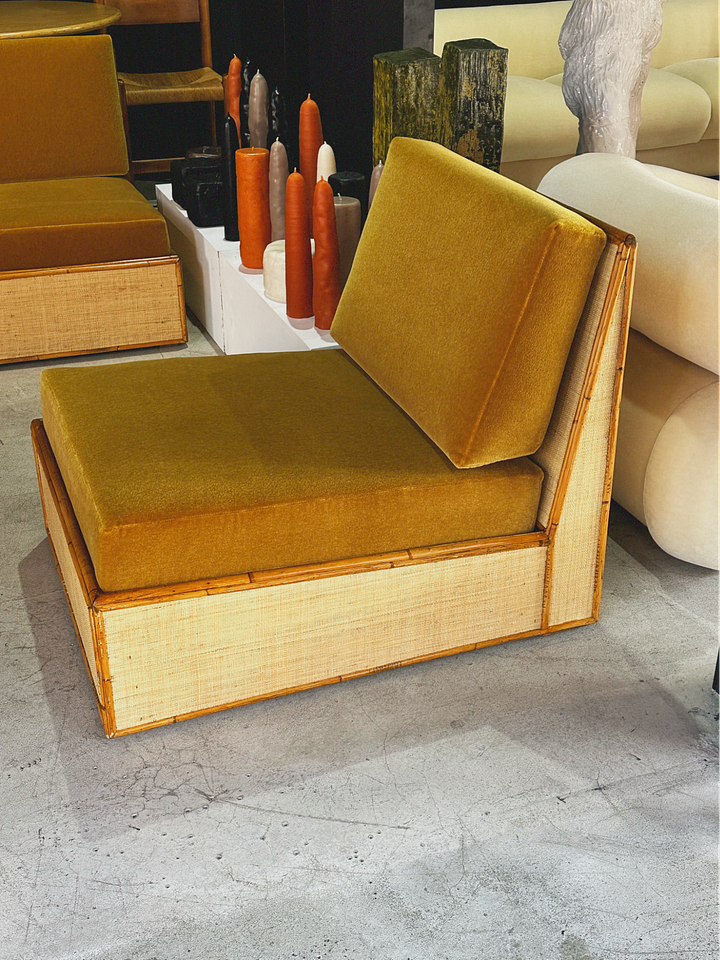
The Directory — European antique fairs and shippers
Vendors, artists, and suppliers to know, plus what you need to prepare and what you should expect from the process.
As mentioned before, many of these fairs take place at least twice a year. It’s best to check the websites to get accurate dates, as they sometimes change. Most are ticketed events, and check for pro days.
Antique fairs:
Foire de Chatou
Chatou, FR
Early March & late September
Mercanteinfiera
Parma, IT
Early March & early October
Déballage Marchand de Bézier
Bezier, FR
Early February, early April, and early September
Déballage Marchand de Montpellier
Montpellier, FR
Early February, early April, and early September
Déballage Marchand de Avignon
Avignon, FR
Early February, early April, and early September
Antik Passion Almoneda
Madrid, SP
Early April
Antikmässan
Stockholm, SW
Early March
Odeo Antiques Market
Tokyo, Japan
Monthly
Ardingly International Antiques and Collectors Fair
Ardingly, UK
Every other month
Newark International Antiques and Collectors Fair
Newark, UK
Monthly
Fiera de San Telmo
Buenos Aires, AR
Monthly
Brimfield Antiques Fair
Brimfield, USA
Mid May, July, September
Round Top Antiques Fair
Round Top, USA
October, March, January
International shippers:
These shippers are the bigger names who are generally present for pickup at the large European fairs. Some, like EDET, Mari, and Hedley’s, have satellite offices in Saint-Ouen for the Marche aux Puces. Email or fill out online forms for quotes.
Magasin may earn some money if you make a purchase through one of the links above.
Follow us on Instagram at @magasin.ltd.


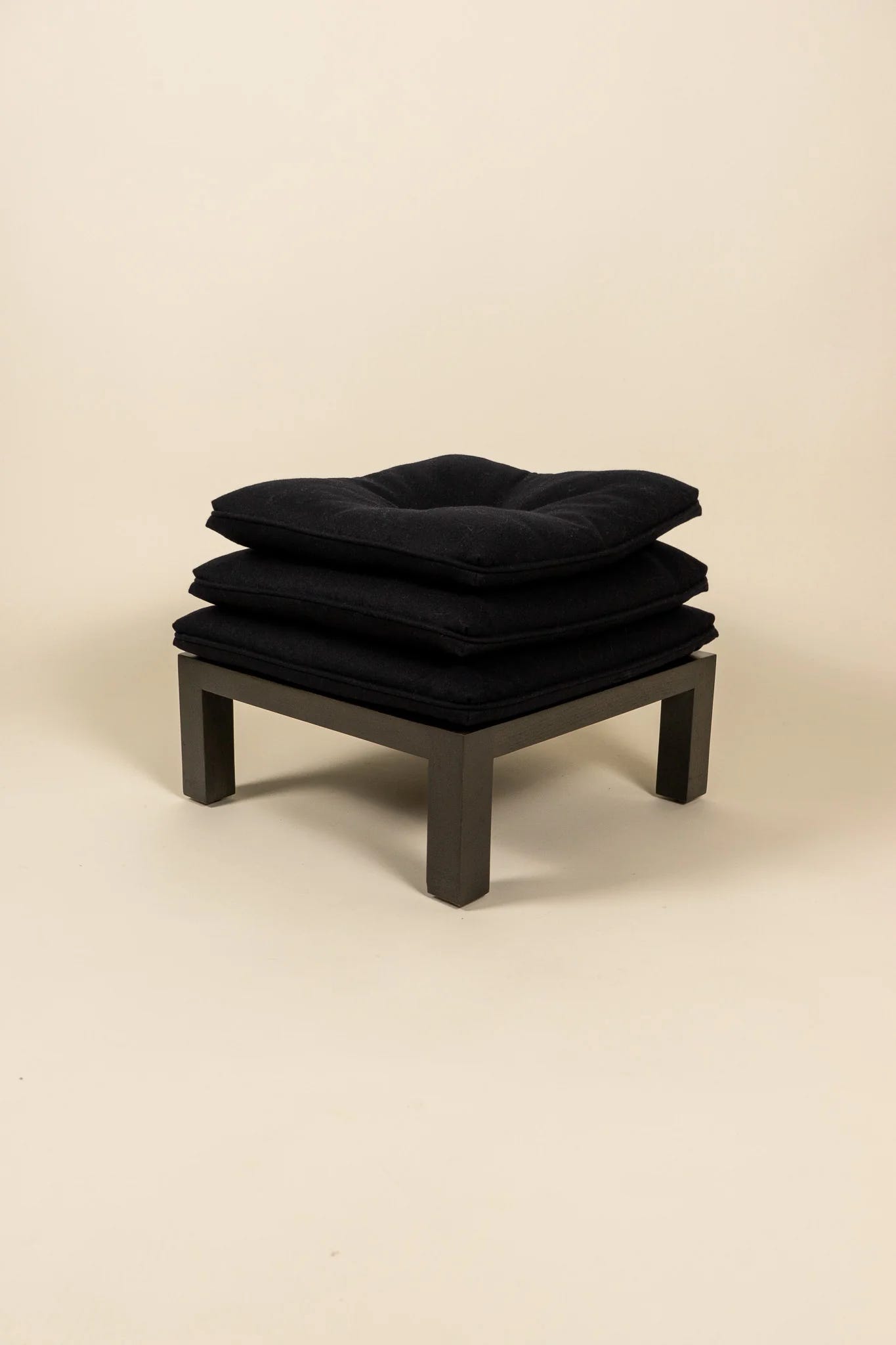


The single most helpful newsletter I’ve seen on this subject
Thank you so much for this!